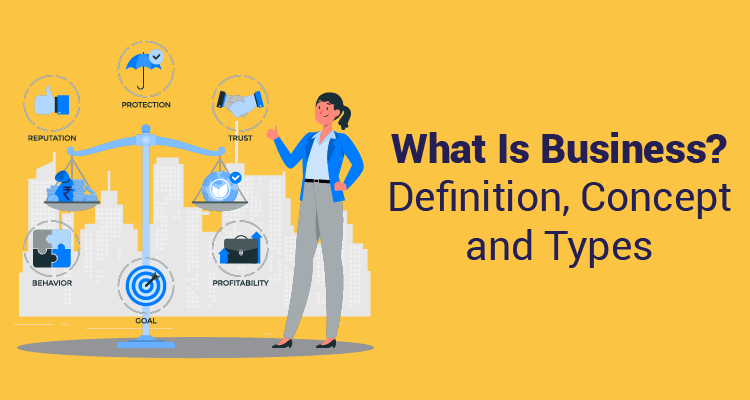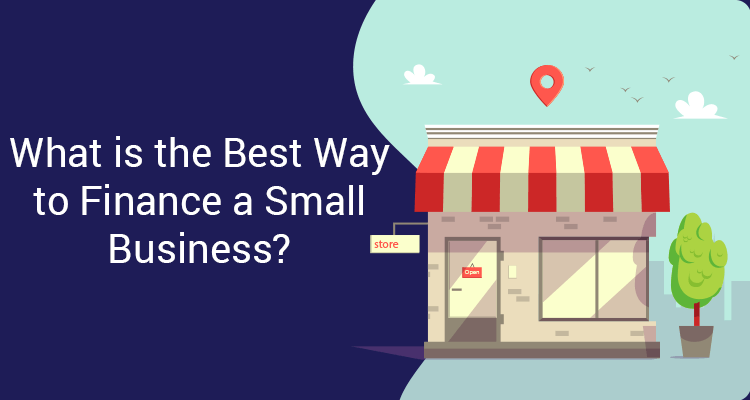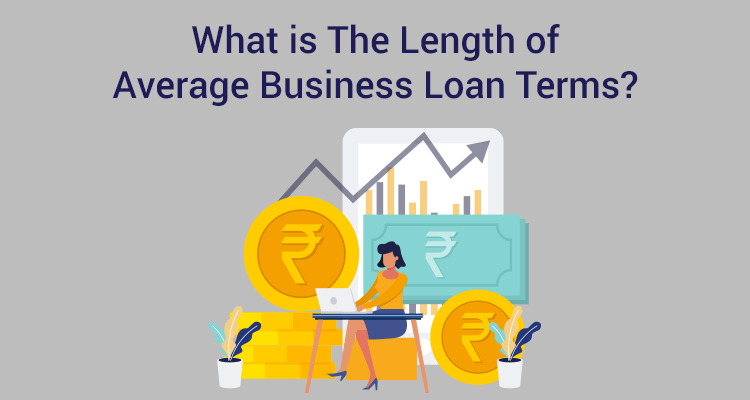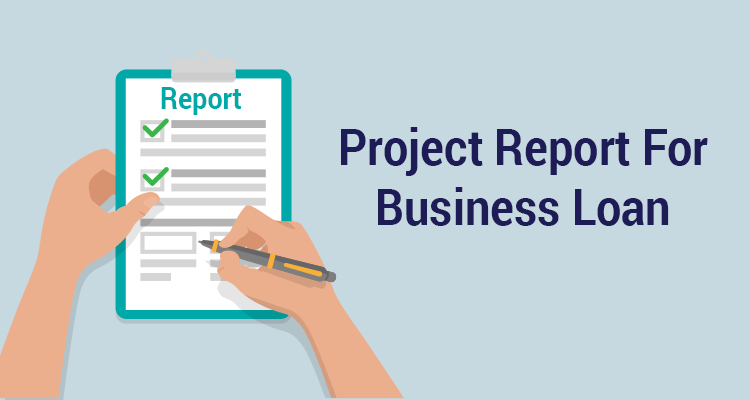What Is Business? Definition, Concept, and Types

What is a Business?
A business is an organization or individual engaged in commercial, industrial, or professional activities with the intent of earning a profit. It involves producing, buying, selling, or providing goods or services to meet the needs or wants of consumers.
Businesses can take various forms, such as sole proprietorships, partnerships, corporations, or co-operatives, and can range in size from small startups to large multinational enterprises. While profit is a primary goal for most businesses, some may also operate with social, environmental, or charitable objectives (such as non-profits or social enterprises).
Characteristics of Business:
|
Characteristic |
Description |
|
Economic Activity |
A business must be an economic activity generating monetary returns. For instance, providing a transportation service for a fee qualifies as an economic activity. |
|
Production or Trading |
Businesses either manufacture or purchase goods to sell for profit. They are involved in activities related to producing or buying goods and services like transportation, housekeeping, and security. |
|
Sale or Exchange |
After production or procurement, the next step is selling the product or service. This involves offering it to the market and completing transactions between buyers and sellers. |
|
Regularity in Dealings |
Business activities must be regular. For example, selling a single item isn't a business, but regularly dealing in second-hand bikes is. |
|
Profit Earning |
The main goal of a business is to maximise profit. Businesses must generate profit to survive by increasing sales or reducing costs. |
|
Risk Factor |
Business involves risk, with no guarantee of success. The higher the risks involved, the higher the possible rewards. However, these rewards are governed by market demand and conditions, which are unpredictable. |
|
Uncertainty of Returns |
Business investments come with uncertainty in profit returns. There is always a possibility of earning less profit or incurring losses. |
|
Legal Activity |
Business activities must comply with the law. They are crucial for a country but must operate within legal boundaries. Legislation regulates business activities. |
Types Of Businesses
By Structure
Sole Proprietorship: In this type of business, a single person is both the owner and the operator. The owner and the company are not legally divided in any way. Therefore, the owner is responsible for any legal and tax obligations. The best example is being a freelance service provider, such as private tutors, ghostwriters, copywriters, and repair and maintenance service providers.
Partnership: This is a type of business where two or more persons operate it jointly. The resources and money are contributed by the partners, who subsequently split the profits or losses among themselves.Some known partnership businesses in India include VirtuBox Infotech Pvt. Ltd. and CloudMynds.
Corporation: In such a business, a group of people act as a single entity. Owners are commonly referred to as shareholders who acquire a corporation's common stock for some consideration. The best example can be Reliance Industries.
Limited Liability Company (LLC): This type of business structure incorporates aspects of both a corporation and a partnership or sole proprietorship. Similar to a corporation, an LLC has limited liability for its members, which means that in the event that the LLC is unable to pay its debts, the member's private assets are shielded from creditors. An LLC is also reasonably simple to establish and run, much like a partnership or sole proprietorship. Many famous companies are LLCs or began as one. Google's parent company, Alphabet, is an LLC. Pepsi-Cola, Sony, Nike, and eBay are also LLCs.
By Size
Small Business: Small scale industries or small businesses are those that produce goods and services on a small scale. All the management works are controlled by the owner or owners and are usually labour intensive. The reach is mostly limited such as a local shop, restaurant, or industry located in one area.
Mid-sized Business: A midsize business is a medium-sized enterprise that is bigger than a small firm but not significant enough to qualify as a large enterprise. To be eligible as a midsize business, a corporation must meet specified revenue, or total annual income, requirements and have a specific number of employees. A few known mid-sized companies in India include Mondelez International, Dainik Bhaskar Group, and Sanofi.
Large Enterprises: This business category has large operations and high economies of scale. They have a sizeable employee base and workforce, and generate huge amounts of revenue. They may target national or even international markets. Currently operating large enterprises in India include Cognizant, Infosys, TCS and ITC.
Business Industries: Businesses can operate in a variety of industries. The specific industry can be used by a corporation to describe its operations. For example, the real estate business, advertising business, or mattress production business are examples of industries
The term business is often used interchangeably with the daily operations and the total formation of the company. It is used to indicate transactions concerning an underlying service or product.
Sapna aapka. Business Loan Humara.
Apply NowHow do you start a Business?
Starting a business needs careful planning and execution. Here’s some essential advice to get you started:
- Research thoroughly to identify your target customers, understand your competitors, and estimate the demand for your product or service.
- Create a comprehensive business plan summarising your objectives, market strategies, target market, financial projections, and operational procedures.
- Secure enough funding for your business through options like personal savings, loans, investors, or grants.
- Ensure all legal requirements, such as obtaining business licenses, permits, and registrations, are met.
- Develop effective promotional strategies to attract customers.
- Consider prioritising customer satisfaction and feedback to build a loyal customer base.
- Stay updated with industry trends, technology, and market changes to adapt and evolve your business.
Starting a business can be challenging, but the right approach and dedication can lead to fulfilling entrepreneurial success. Learn about the difference between traditional business and e business.
How to take your business online?
Moving your business online can generate the revenue needed to keep things running. To help you transform your brick-and-mortar shop into a thriving online business, here are some actionable steps:
- Build a Professional Website:
Your website is the foundation of your business’s online presence. Make sure it's professional and user-friendly. Optimise it for mobile devices since many people browse on smartphones and tablets. Use high-quality images and clear, concise language. Also, buy a domain name, ideally with a .com extension, as it's the most recognised.
- Use Social Media to Build Your Brand:
Social media aids in building your brand and engaging with customers. Choose the platforms that best suit your business and focus on growing your following. Keep sharing informative, entertaining, and relevant content with your audience. Respond to comments and messages promptly to engage with your followers.
- Invest in Digital Marketing:
Digital marketing tools help you drive larger traffic to your website. Invest in search engine optimisation (SEO), pay-per-click advertising (PPC), and email marketing. Each strategy has its advantages and can be tailored to your business needs.
- Offer a Seamless Online Shopping Experience:
If selling products or services online, ensure your website and checkout process is easy to understand. Also ensure you offer multiple payment options, including credit cards and digital wallets. Provide clear shipping and return policies.
- Set Up Your Payments:
To start online sales, you need to accept payments from customers. Offer multiple payment options on your site. Most website platforms allow integrating different payment gateways, with some offering all-in-one packages that don't require a merchant account.
- Build Customer Loyalty Through Personalized Experiences:
Personalisation is key to building customer loyalty. Use customer data to create personalised experiences, like customised product recommendations and tailored email marketing campaigns.
Different Types of Business Structures
Choosing a business structure is the foundational step for any entrepreneur. Each option offers distinct advantages and comes with its own set of legal implications. Let's explore the most common types:
Sole Proprietorship:
This is a simple setup with just one owner. You'll enjoy easy management, but there's no separation between your personal and business finances. This means you're personally liable for any debts or lawsuits.
Limited Liability Company (LLC):
This hybrid combines a partnership's flexibility with a corporation's liability protection. LLC profits pass through to the owners' tax returns (like a partnership), but the owners' personal assets are protected from business debts (like a corporation).
Partnership:
In partnership, the business owner teams up with one or more business entities to share the workload, skills, and profits. Profits and losses pass through to each partner's personal tax return. Similar to a sole proprietorship, partners hold personal liability for the business.
General Partnerships (GP) offer the simplest structure for starting a business with two or more individuals. Partners share ownership, profits, and losses equally and are all personally liable for the business's debts. This means their personal assets, like savings or homes, could be used to cover business obligations if necessary. While straightforward to set up, the unlimited liability aspect can be a significant risk factor for partners.
Limited Liability Partnerships:
Also referred to as (LLPs), they balance flexibility and protection. Similar to GPs, partners manage the business and share profits and losses. However, LLPs offer limited liability protection, shielding partners' personal assets from business debts unless they personally guarantee them. This structure allows for more flexibility in defining profit-sharing and decision-making roles among partners compared to traditional corporations.
Limited Partnerships:
This type of partnership caters to scenarios where investors seek involvement without full management responsibility. LPs have two partner classes: general partners who manage the business with unlimited liability and limited partners who contribute capital but have limited involvement and liability. This structure is often used to attract investors who want to participate in potential profits without risking their personal assets beyond their initial investment.
Corporation:
This structure creates a separate legal entity from its owners (shareholders). Shareholders invest and own portions of the company (stock), but their personal assets are shielded from business liabilities. While corporations offer limited liability, they face double taxation, meaning profits are taxed at the corporate level and again when distributed to shareholders as dividends.
How to get a Business Loan?
1. Check interest rates:
Find a bank offering the best terms to keep interest payments low. Interest rates differ based on your creditworthiness and other factors, leading to significant differences between banks. Use websites to compare interest rates as a reference, but remember the final rate depends on various factors.
2. Is your bank right for you?
Consider getting a loan from your current bank. The process is easier since they already have your details and credit history. You might get lower interest rates and faster disbursal.
3. Online application:
Many banks offer bank loans online. You can check your eligibility first and, if eligible, proceed with the online application. You’ll need to provide details like your name, address, industry, annual net profit, and business tenure.
4. Choosing the right tenure:
Shorter tenures are better for working capital needs, while longer tenures suit expansion plans. Look for a bank that offers tenures matching your requirements to avoid paying more in interest over time.
5. Documentation:
If you have an account with the bank, the documentation is minimal. Otherwise, you'll need to provide proof of income (like income tax returns, bank statements, and balance sheets) and ID and address proofs (like an Aadhaar card, PAN card, passport, etc.).
Conclusion
Setting up and running a business takes a lot of time and work, as well as navigating bureaucratic red tape and having enough financial resources. To start any form of business, an entrepreneur will need financial resources. The business owner must determine how much capital is needed to start and run the company, considering factors such as operational costs, marketing, and other essential aspects specific to the nature of the business.
The founders have the option to borrow money from a bank or non-banking financial company in addition to putting part of their own money into the business.
Reputable lenders like IIFL Finance provide small businesses with tailored loans to assist them get started or for working capital to sustain and expand the business.
If you choose an established lender like IIFL Finance, you can obtain a loan through a straightforward online process with little documentation. Additionally, IIFL Finance provides flexible repayment choices and affordable interest rates.
FAQs
Q1. What are the three main types of businesses?
Ans. The three main types of businesses include:
- Sole Proprietorship:
A business owned and operated by one person, who assumes all profits, responsibilities, and liabilities personally. - Partnership:
A business owned by two or more individuals who share profits, responsibilities, and legal liabilities as per a mutual agreement. - Corporation (Company):
A legally separate entity from its owners, offering limited liability, perpetual existence, and the ability to raise capital through shares.
Q2. What is business in terms of size and type?
Ans. This refers to two separate aspects of a business: Size: Measured by factors like revenue, number of employees, or market share. It can be categorized as micro, small, medium, or large. Type: Refers to the industry or sector the business operates in, such as retail, manufacturing, technology, or healthcare.
Q3. What is business proprietorship and what is the role of a proprietor?
Ans. A business proprietorship is a business owned and operated by a single individual. A proprietor is the sole owner and operator of a sole proprietorship. He/she is responsible for all aspects of the business, including making decisions, managing finances, and bearing full legal and financial responsibility.
Q4. Which bank gives business loans easily?
Ans. There's no single bank known for "easy" business loans. Loan approval depends on various factors like the business's financial health, creditworthiness, loan purpose, and the specific bank's lending criteria. Comparing loan options and requirements from different banks is crucial to find the best fit for your business needs.
Q5. How to come up with a Business name?
Ans. While deciding on a name, you can consider using your name, like ‘Bennys’ Munchies’ or bring the surname into the picture, like ‘Sindhwani and Sons’. Otherwise, you can consider using foreign words to replace the common name of the product you offer, merging some product-related words, using acronyms, taking inspiration from stories or mythology characters, or using words that imitate sounds.
Q6. How to write a business plan?
- Start with your mission statement, describe products/services briefly, and summarise financial growth plans. Write this last to highlight key points from other sections.
- Include the business's registered name, address, key people and their skills. Define business structure and ownership percentages. Provide a brief history and current operations.
- Outline short-term and long-term objectives. Explain how a loan or investment will aid growth, detailing specific plans and expected sales increases.
- Detail products/services, including how they work, pricing, target customers, supply chain, and order fulfilment. Mention trademarks or patents.
- Analyse competitors and highlight what sets your product apart. Explain if targeting a different or underserved market.
- Describe how you’ll attract and retain customers, as well as your sales strategies and associated costs.
- Include existing businesses' income statements, balance sheets, and cash flow statements. Highlight key financial metrics with charts.
- Provide sales, expense, and profit estimates for at least three years. Ensure accuracy by analysing past financial statements.
- Outline business structure, team responsibilities, and costs. Include resumes of key employees if they offer a competitive advantage.
- Attach supporting materials such as licenses, patents, leases, contracts, and bank statements. Add a table of contents if lengthy.
Sapna aapka. Business Loan Humara.
Apply NowDisclaimer : The information in this blog is for general purposes only and may change without notice. It does not constitute legal, tax, or financial advice. Readers should seek professional guidance and make decisions at their own discretion. IIFL Finance is not liable for any reliance on this content. Read more



